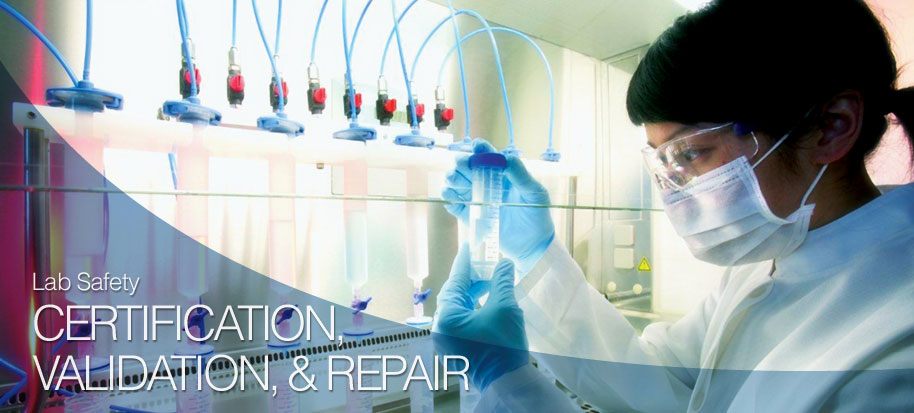 Safety in a laboratory is extremely important in order to prevent accidents and injuries. Lab safety should be strictly complied with in all laboratory facilities. Having a laboratory accredited for having safety measures in place puts institutions and commercial laboratories in a good light and gives them a reputation for having competent testing facilities. The ISO standard utilized by testing and calibration laboratories is known as ISO/IEC 17025.
Safety in a laboratory is extremely important in order to prevent accidents and injuries. Lab safety should be strictly complied with in all laboratory facilities. Having a laboratory accredited for having safety measures in place puts institutions and commercial laboratories in a good light and gives them a reputation for having competent testing facilities. The ISO standard utilized by testing and calibration laboratories is known as ISO/IEC 17025.
Accreditation to the ISO standard benefits laboratories because in many cases, regulatory authorities will not accept calibration or test results from laboratories that are not accredited. The laboratories that use the ISO standard implement a system that is aimed at increasing their capacity to produce valid results consistently.
It is therefore best to have your laboratory accredited as soon as possible. Obtaining accreditation requires taking the following steps:
Application
The process of accreditation to the ISO standard for calibration and testing laboratories begins with application. Organizations can first request a quote from a duly recognized accreditation body. They can then fill up and submit an application form, which comes with a list of parameters for testing as well as measurement or calibration. When the accreditation body has received the completed document and fee, the main accreditation process can begin. Organizations can opt to schedule an introductory visit and an unofficial practice assessment before the next phase.
Document Review
The accreditation body performs a document review to verify that all of the management system requirements of the laboratory are addressed, documented, and understood clearly by organizations. Assessors will create a report that shows opportunities for improvement.
Accreditation Assessment
After the documents are reviewed, a planning visit may be scheduled, but it is not required for accreditation. Organizations can push through with accreditation assessment, but they should first make sure that the issues identified during the document review process and planning visit have been resolved.
The accreditation assessment involves meeting with the laboratory's management team, visiting satellite site facilities, a thorough review of the lab's compliance to the requirements stated in the conformity assessment program, and discussing with the assessment team whether or not to accredit a laboratory, or to accredit provided that the lab addresses the identified nonconformity issues.
Corrective Action Review and/or Follow-up Visit
This is done based on the recommendation of the laboratory assessment team and also the results of the accreditation assessment process, especially if there are extensive corrective actions identified. Organizations must have completed an internal audit as well as a management review.
Accreditation Decision
All aspects of the accreditation assessment process and compliance with identified corrective actions are taken into consideration when coming up with a decision. Accredited laboratories will be given a certificate, a document stating the scope of accreditation, and an accreditation symbol.
Surveillance and reassessment
Regular surveillance and reassessment visits check if laboratories continue to comply with the ISO/IEC 17025 standard and if the corrective action done has been effective. Management reviews and internal audits are also done once a year to address concerns related to those areas.







